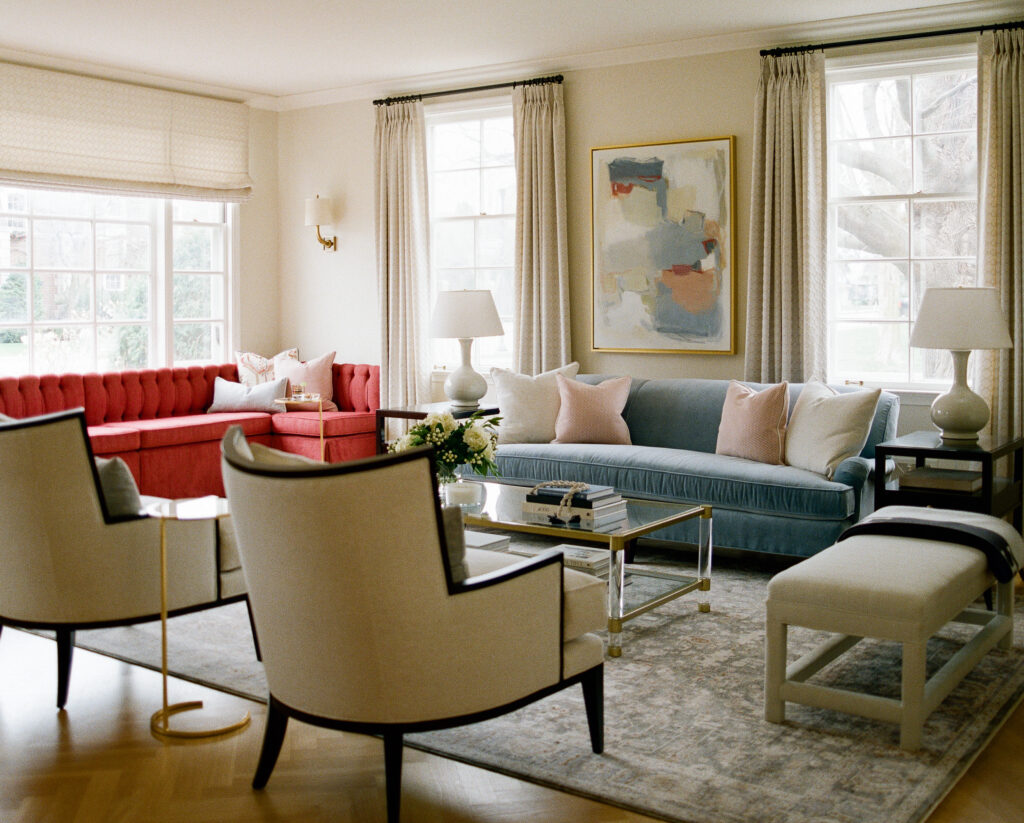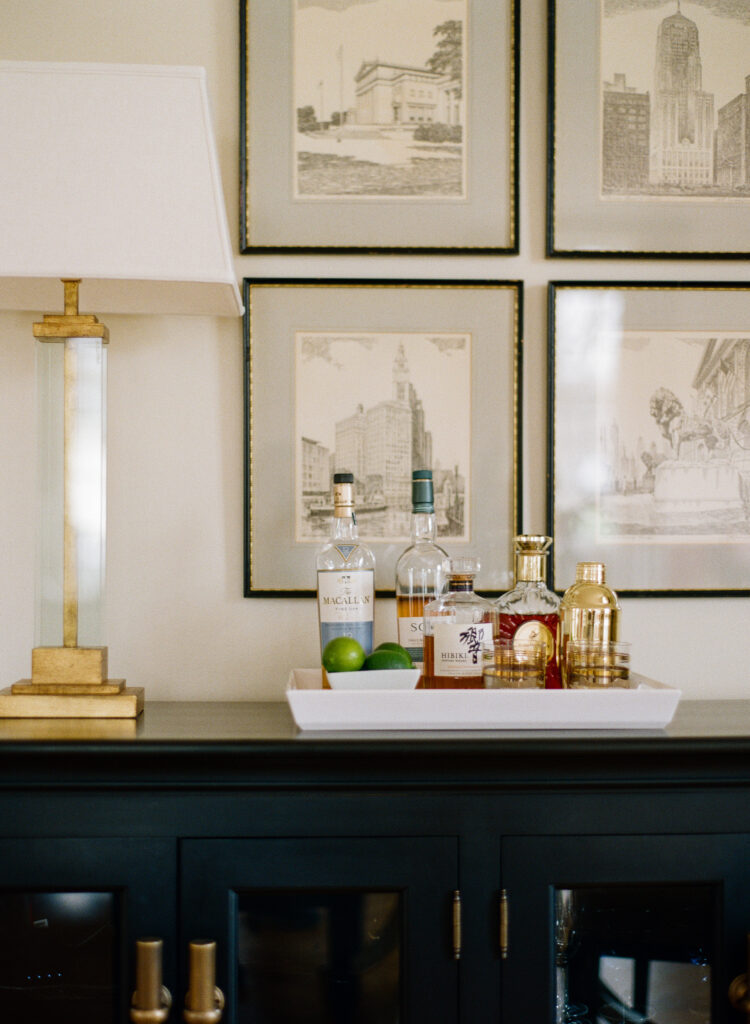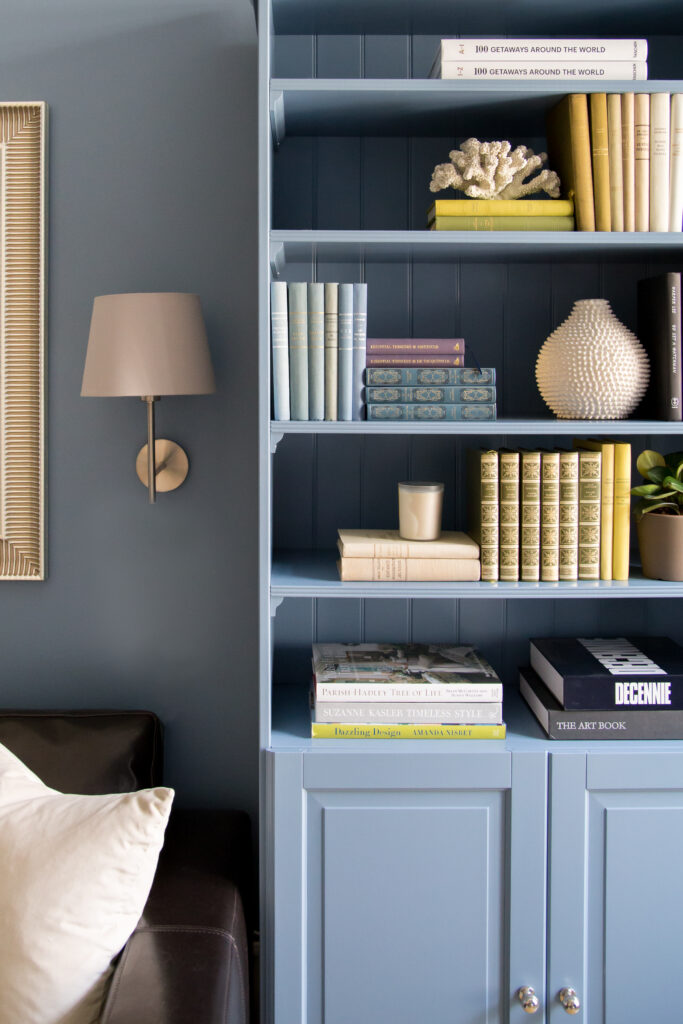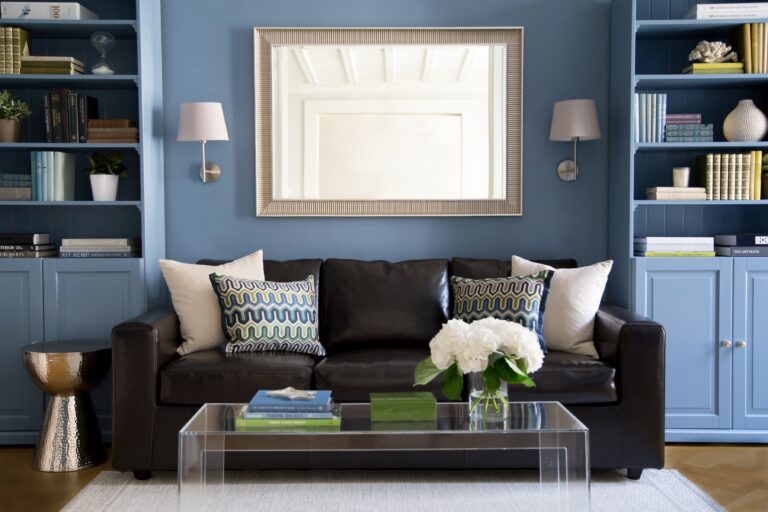Top 3 mistakes to avoid when decorating your home
When it’s time to update your home, the process of designing and furnishing each space can be overwhelming. It’s not easy to create something that you’ll be living in for years, but the right approach can make it so much easier. Here are three of the most common mistakes we see in homes and how to avoid them before you start your next design project.

1. Not having a plan
Having a plan is critical before you begin any interior design project. It is so tempting to start browsing online or in stores and purchasing an item that catches your eye. However, without a plan for the room (or even better your whole home), a space can fall flat and feel incomplete. We always recommend to clients to first think about the functionality of a space and then develop an overall design mood and scheme. Remember, this isn’t just about aesthetics; having a clear vision from the get-go means fewer costly mistakes and a more cohesive design.

2. Not adding enough storage
One of the most common issues people often face is a lack of storage. This is especially true for families with children – there never seems to be enough storage for all those books and toys! When you are thinking about updating a space, make sure to think about how you will store things. This can be as simple as adding bookshelves or a cabinet with drawers (we usually recommend closed storage to keep a room looking tidy and free of visual clutter). You’ll also want to consider where you will put larger items a vacuum or laundry basket — you don’t want these cluttering up your beautiful new space!
3. Forgetting about lighting
Another common issue we see is a lack of lighting. A room may look great during the day but can fall flat (and dark) in the evening when we are most using our homes. Our advice is to apply the golden rule – at least three sources of light in each room (not including ceiling light fixtures). This can include table lamps, floor lamps, wall sconces and picture lights. Lighting can also be integrated as an accent, such as integrated lighting in a bookshelf, under-cabinet lighting in a kitchen or uplighting of architectural features.





